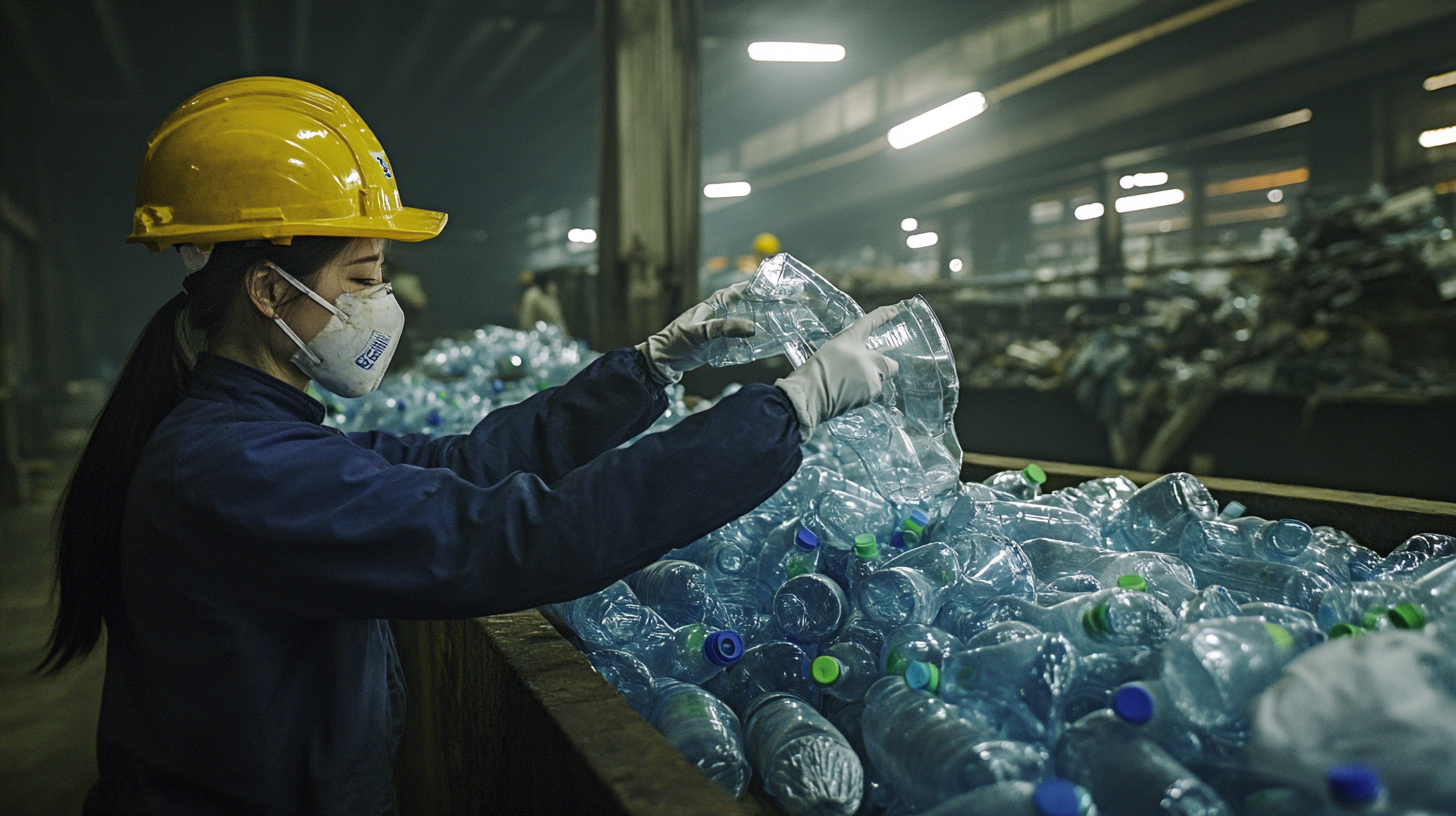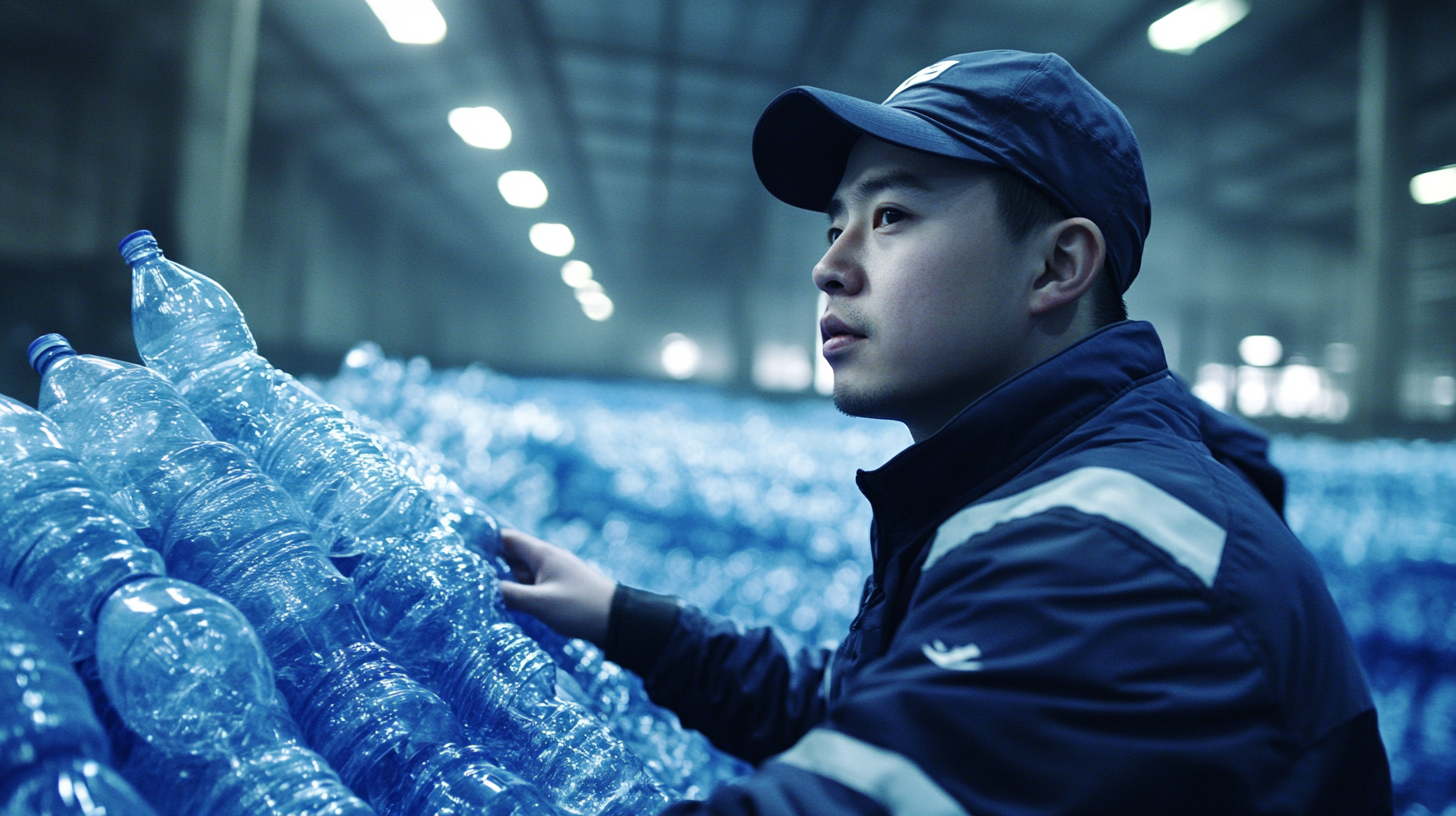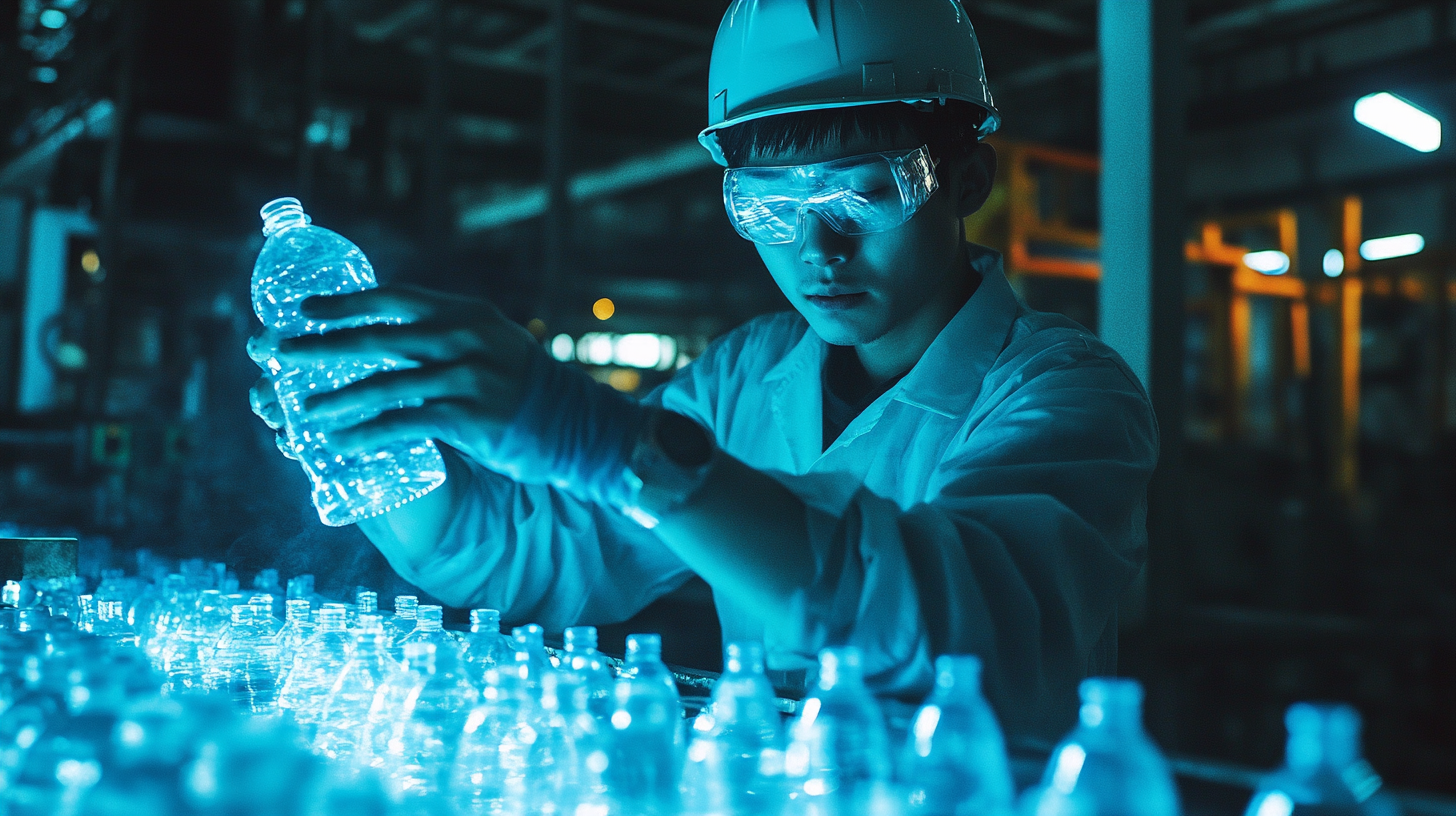In recent years, the global market has witnessed significant shifts due to escalating trade tensions and tariffs, particularly between the United States and China. Amid these challenges, one sector that has demonstrated remarkable resilience is the plastic bottle manufacturing industry in China. Despite facing increased tariffs and regulatory hurdles, Chinese manufacturers have adapted and innovated, leading to sustained growth and competitive advantages. This blog aims to delve into the strategies and practices that have enabled China's plastic bottle producers to thrive in a turbulent environment. By examining their responses to the US-China tariff challenges, we gain insight into the broader implications for global trade and the future of manufacturing in a world defined by economic uncertainty. The story of China's plastic bottle manufacturing not only highlights the ingenuity of its industry but also serves as a case study in resilience amid adversity.

The ongoing US-China trade tensions have significantly impacted various sectors, including plastic bottle manufacturing. Tariffs imposed on Chinese imports have created a challenging environment for manufacturers who rely heavily on raw materials and components sourced from China. According to a recent value chain analysis by Smithers Pira, around 65% of plastic bottles consumed in the US are produced domestically, yet many of the raw materials, like PET resin, are imported from China. This reliance puts American manufacturers at risk, leading to a potential increase in production costs and reduced competitiveness in the global market.
Despite these challenges, some Chinese manufacturers have shown remarkable resilience. A report from Grand View Research estimates that the global plastic bottle market is expected to reach $500 billion by 2027, with Asia-Pacific leading the growth. In response to tariffs, Chinese companies are adapting by optimizing their production processes and investing in technological advancements to enhance efficiency. Moreover, they are diversifying their customer base beyond the US, focusing on markets in Southeast Asia and Europe, which mitigates the tariff impact. This strategic pivot showcases the agility of China's plastic bottle manufacturing sector, even amid escalating trade disputes.
In the face of escalating US-China tariff challenges, China's plastic bottle manufacturing sector has showcased remarkable resilience. To adapt to these pressures, manufacturers are leveraging innovative strategies while keeping their quality standards high. Investment in advanced technology has become a cornerstone of this adaptability, allowing companies to streamline their production processes and reduce costs. Automation and digitalization not only enhance efficiency but also improve the overall product quality, making them more competitive in the global market.
Tips for navigating these turbulent waters include diversifying supply chains to mitigate risks associated with tariffs. By sourcing materials from multiple suppliers, manufacturers can avoid potential disruptions and keep production running smoothly. Additionally, fostering strong relationships with both domestic and international customers can lead to stable revenue streams, safeguarding businesses against market fluctuations. Implementing sustainability practices can also serve as a competitive edge, as more consumers prefer environmentally friendly products, thus opening new market opportunities. These strategies will not only help companies cope with immediate challenges but will also position them for long-term success in the evolving landscape.

In the face of rising tariff challenges between the United States and China, the resilience of China's plastic bottle manufacturing sector has been notable, driven largely by innovative technologies. These advancements not only help to streamline production but also enhance the overall quality and sustainability of products. Techniques such as automation and artificial intelligence are being integrated into production lines, ensuring a more efficient process that minimizes waste and optimizes resource use. This technological leap allows manufacturers to remain competitive despite external pressures.
Moreover, the incorporation of eco-friendly materials and recycling technologies is transforming the industry. Companies are investing in R&D to develop biodegradable plastics and better recycling methods, thereby addressing environmental concerns while meeting market demands. By shifting towards sustainable production practices, Chinese manufacturers are not only improving their resilience against tariffs but are also positioning themselves as leaders in the global market for environmentally conscious products. These strides in innovative technologies underscore a critical shift in the industry, emphasizing the importance of adaptability in an increasingly competitive landscape.
This chart illustrates the growth in plastic bottle production in China from 2018 to 2023. Despite facing tariff challenges with the United States, innovative technologies and increased demand have driven significant production increases, showcasing the resilience of the industry.
In the evolving landscape of global trade influenced by tariffs, Chinese plastic bottle manufacturers are identifying significant market opportunities amidst the ongoing US-China trade tensions. These manufacturers are uniquely positioned to leverage their established production capabilities and cost efficiencies, particularly as US tariffs aim to reshape supply chains. As a result, many American companies are reconsidering their sourcing strategies, potentially increasing demand for domestic alternatives or re-evaluating partnerships with Chinese manufacturers.
According to industry reports, China's plastic bottle manufacturing sector remains resilient, with a projected growth rate of 5.2% annually through 2027. This growth stems from increasing environmental concerns and regulations, which drive demand for sustainable packaging solutions. Furthermore, while tariffs may prompt higher production costs for some US-based companies, they simultaneously highlight the competitive pricing offered by Chinese manufacturers who can adapt to changing market conditions. Analysts suggest that successful companies will not only focus on cost but also innovate in terms of product design and materials to meet the evolving expectations of global consumers, particularly in a tariff-driven environment.

The plastic bottle manufacturing industry in China is demonstrating remarkable resilience even as it grapples with the complexities of US-China tariffs. In the face of rising import duties, many manufacturers are pivoting towards innovation and sustainability. This shift is not only aimed at reducing costs but also at aligning with global eco-friendly initiatives. Companies are investing in advanced technologies and recycling processes to improve production efficiency and lessen environmental impacts, indicating a growing awareness of consumer demand for sustainable packaging.
Looking ahead, the future of China’s plastic bottle industry will likely be shaped by evolving market dynamics and regulatory frameworks. As tariffs continue to influence trade relationships, manufacturers are exploring alternative markets and diversifying their product lines to mitigate risks. Additionally, the push towards biodegradable materials and circular economy principles is expected to become a significant trend. By embracing these changes, Chinese manufacturers can maintain their competitive edge while contributing to global sustainability efforts, ensuring their relevance in an increasingly environmentally-conscious world.
